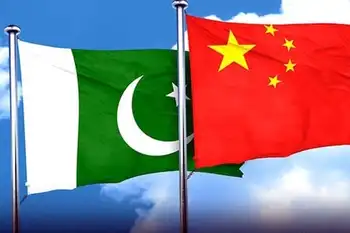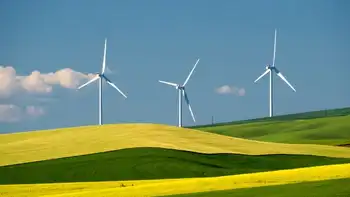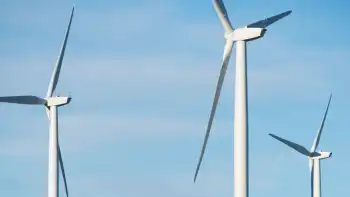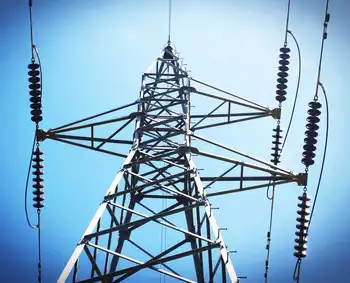- Russia to build power line, export electricity to North Korea
Testing of the second generating set has begun at the Bureyskaya hydroelectric power station in Amur Region. Six sets are planned to be assembled. After this the power station will not only be able to meet the Russian Far East's needs, but will be able to export energy to North Korea, which has a catastrophic electricity shortage.
North Korea's power stations can only meet 40 per cent of the country's needs and this holds back industrial development. The economic crisis cannot be overcome without the help of neighbouring countries, first and foremost its nearest neighbour, Russia.
"An intergovernmental commission is looking at cooperation and economic relations in various sectors. I think that this allows us to hope for good contacts in the future and good economic cooperation," said Konstantin Pulikovskiy, presidential envoy to Far Eastern Federal District.
The first projects include the reconstruction of a hydroelectric power station in North Korea with the help of Russian experts and the building of a power line from the Bureyskaya power station via Maritime Territory to Pyongyang. This will enable North Korea to reduce its energy deficit by about one-third. Energy officials from the two countries are already discussing concrete details of the future international power line.
Related News

Electricity Shut-Offs in a Pandemic: How COVID-19 Leads to Energy Insecurity, Burdensome Bills
WASHINGTON - I have asthma. It’s a private piece of medical information that I don’t normally share with people, but it makes the potential risks associated with exposure to the coronavirus all the more dangerous for me. But I’m not alone. 107 million people in the U.S. have pre-existing medical conditions like asthma and heart disease; the same pre-existing conditions that elevate their risk of facing a life-threatening situation were we to contract COVID-19. There are, however, tens of millions more house-bound Americans with a condition that is likely to be exacerbated by COVID-19: The energy burden.
The energy burden is…




